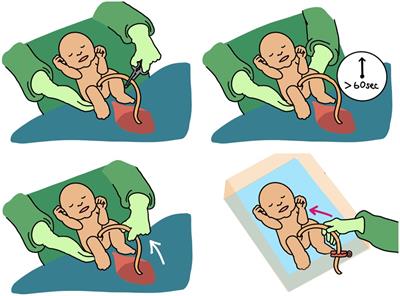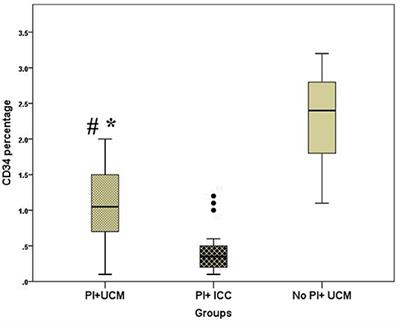EDITORIAL
Published on 07 Jun 2023
Editorial: Umbilical cord milking—benefits and potential harmful effects
doi 10.3389/fped.2023.1210388
- 1,186 views
- 1 citation
3,909
Total downloads
20k
Total views and downloads
You will be redirected to our submission process.
EDITORIAL
Published on 07 Jun 2023
REVIEW
Published on 18 Apr 2023

ORIGINAL RESEARCH
Published on 13 Sep 2022

ORIGINAL RESEARCH
Published on 04 Apr 2022

ORIGINAL RESEARCH
Published on 04 Mar 2022

